The potential for 3D-printed guns has (unsurprisingly) generated a great deal of controversy, and the Liberator is no exception. Named after the WWII single shot pistol, this 3D-printed .380 caliber pistol is made almost entirely of plastic and looks more like a nozzle for a water hose than a gun. The weapon has survived multiple firings with very little damage, inspiring enough confidence that designer Cody Wilson has now tested the gun by hand.
The Liberator has 16 parts, 15 of which are 3D printed in ABS plastic by a Stratasys Dimension SST printer. (Stratasys took the step of seizing a printer leased to Wilson’s group last year when it was made aware of what the printer was being used for, stating in a letter, “it is the policy of Stratasys not to knowingly allow its printer to be used for illegal purposes.”) The 16th part is a nail, which serves as a firing pin. At present, only a precision 3D printer can form parts with the tolerances and precise temperature control needed to produce a gun that can survive multiple firings.
The design requires that the parts be printed in various orientations to take advantage of the directional strength of 3D-printed plastic. This means, for example, that a barrel is printed with the bore pointing along the growth direction, while an assembly pin is printed on its side, so it has maximum strength along its length.
The bore of the Liberator is treated with acetone vapor, which softens the surface enough to smooth the bore. Another important process condition is that the print chamber is heated to improve resiliency.
There are, of course, limits to material strength when one is restricted to ABS plastic without fiber reinforcement. The Liberator functions well with the .380 barrel, but an attempt to substitute a 5.7 x 28 rifle cartridge caused the gun to explode – perhaps not a surprising result considering the 5.7 x 28 round has 2.5 times the chamber pressure of the .380 cartridge.
Adding to concerns over what are effectively undetectable and untraceable guns, Wilson’s Defense Distributed group is now trying to adapt the Liberator design to entry-level 3D printers. The editors at Wired take the potential disruption of these so called “Wiki weapons” seriously enough to name Wilson among the 15 most dangerous people in the world.
How does it work you can see in video below.
[sc:youtube id=DoPVe7MiY1w]Source: http://www.gizmag.com/liberator-3d-printed-pistol/27393/
[sc:end t=”3D-printed Pistol Survives Test Firing”]

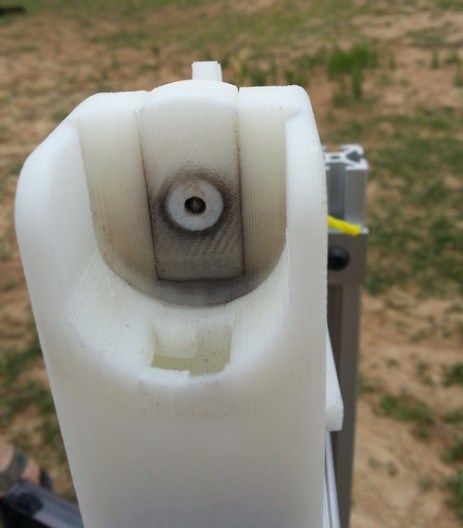
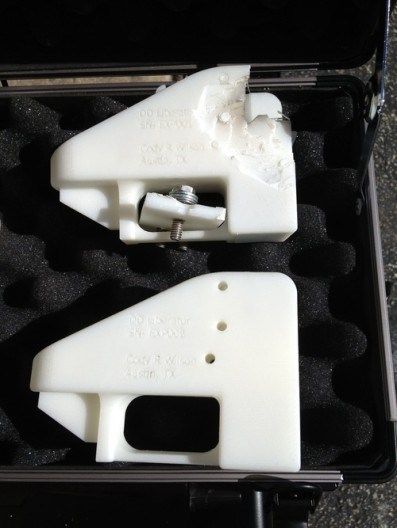

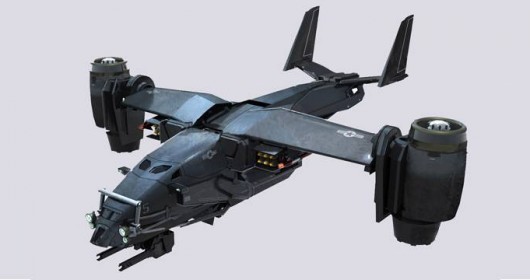


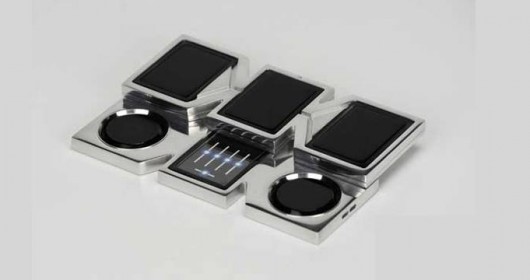
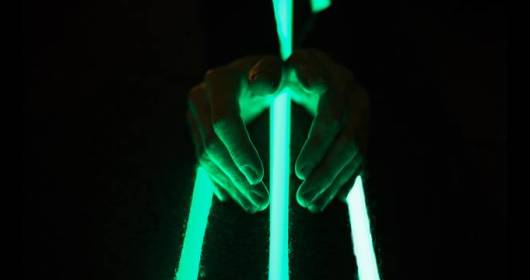
Leave a Reply